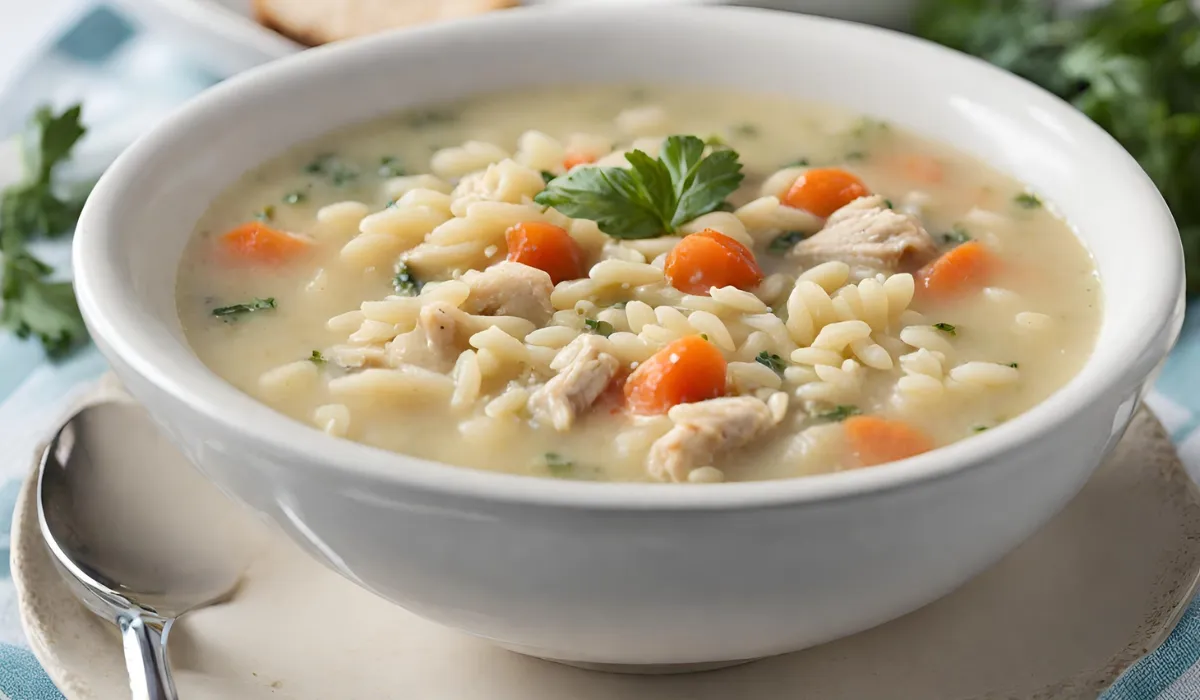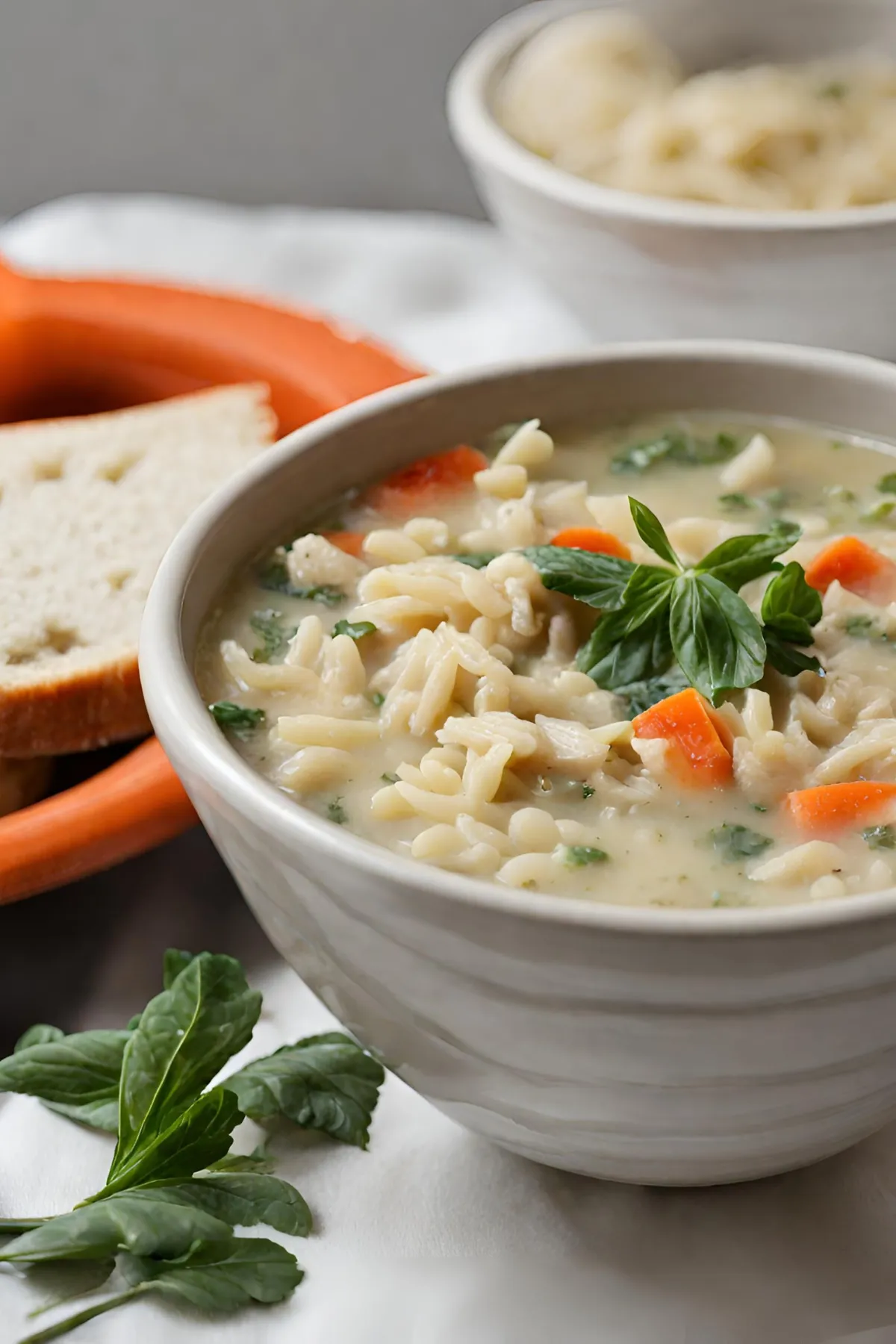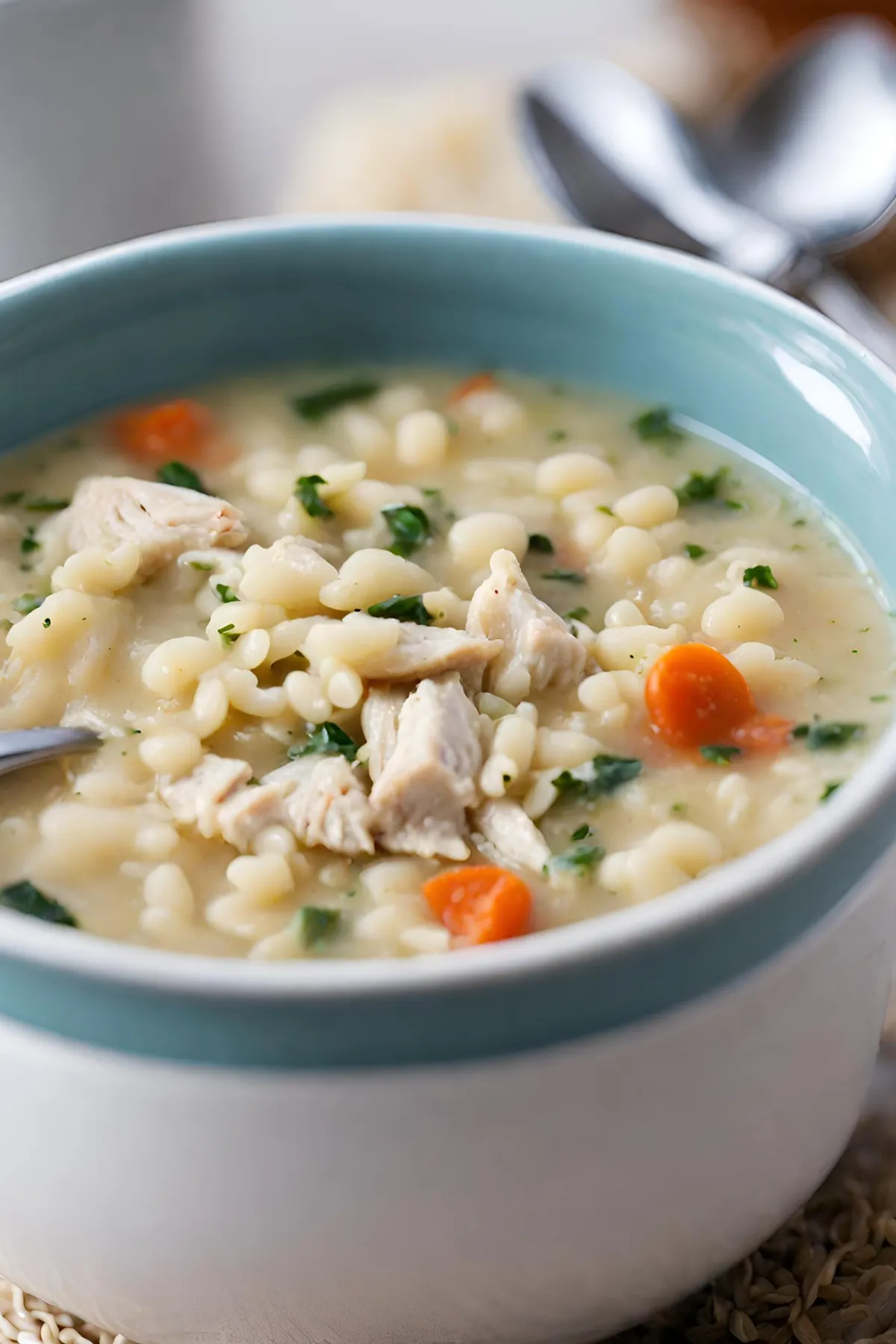The Ultimate Guide to the Best Pastina Recipes
Pastina, often heralded as the quintessential comfort food, has a special place in Italian cuisine and hearts worldwide. This tiny pasta, beloved by children and adults alike, serves as a canvas for a myriad of flavors and ingredients, making it a versatile dish for any meal. From its humble origins in Italian kitchens to its place on global dinner tables, pastina embodies the warmth and simplicity of home cooking.
Variations of Pastina Recipes
Classic Italian Pastina
The essence of Classic Italian Pastina lies in its simplicity and the comfort it brings. With traditional ingredients like butter and milk, this dish is a testament to the power of minimalism in Italian cooking. To achieve the perfect texture, the key is to cook the pastina in boiling water until it’s just tender, then drain and mix it with a generous amount of butter and a splash of milk until you achieve a creamy consistency. The warmth of the butter and the richness of the milk coat each tiny pasta grain, creating a dish that’s soothing, nourishing, and incredibly satisfying.
Pastina with Veggies
Adding vegetables to pastina not only enhances its nutritional profile but also introduces a delightful array of colors and flavors to this classic dish. Onions, celery, and carrots are the foundational trio that can transform any simple meal into a more wholesome experience. Begin by sautéing these vegetables in olive oil until they’re soft and fragrant. This step is crucial for unlocking their natural sweetness and infusing the dish with deep, savory notes. Once sautéed, fold them into the cooked pastina, allowing the flavors to meld together. This variation not only uplifts the dish but also makes it a more balanced meal.
Brothy, No-Egg Pastina
For a lighter take on the traditional recipe, the Brothy, No-Egg Pastina offers a delicate yet flavorful alternative suitable for small kids or those preferring a less rich option. This version emphasizes the use of a quality stock to impart flavor, doubling the amount typically used and omitting the egg and butter. The result is a clearer, brothy soup that’s gentle on the palate but still comforting. To enhance the taste without overwhelming the delicate nature of the dish, season with a pinch of salt and a grind of fresh pepper after serving. This approach maintains the soul-warming qualities of pastina while offering a lighter, digestible option.
Chicken-y Pastina
Incorporating pre-cooked chicken into pastina creates a hearty, protein-packed meal that’s ideal for any time of the day. Whether you opt for shredded or cubed chicken, the addition of this lean protein complements the soft texture of the pasta and enriches the dish’s overall flavor. The trick to maintaining a balance between the savory chicken and the mild pastina is to simmer the chicken in the broth before adding the pasta. This method allows the chicken’s juices to meld with the stock, creating a harmonious blend of flavors. Serve with a sprinkle of fresh herbs for a touch of brightness, making this variation a fulfilling and balanced meal.
Incorporating Veggies and Protein
Pastina’s adaptability means it can easily become a nutritious meal with just a few additions. Here are some variations to consider:
- Pastina with Veggies: Enhance your dish with a colorful array of vegetables such as onions, celery, and carrots. This not only adds nutritional value but also layers of flavor. Begin by sautéing these veggies in butter or olive oil until just softened, then proceed with your pastina cooking. For more insights into creating a veggie-packed pastina, visit The Modern Nonna, where the comfort of Italian cooking meets nutritious ingredients.
- Chicken-y Pastina: Adding pre-cooked chicken to your pastina turns it into a protein-rich meal suitable for any time of the day. Whether you choose shredded or cubed chicken, the key is to add it to the boiling stock at the same moment as the uncooked pastina, ensuring that every spoonful is infused with flavor.
Cooking Techniques and Tips for Perfect Pastina
Importance of Stock Quality
The foundation of any memorable pastina dish lies in the quality of the stock used. A rich, flavorful broth can elevate the simplest ingredients into a dish that resonates with depth and comfort. Whether homemade or carefully selected from store-bought options, choosing a high-quality stock is crucial. For homemade stock, use fresh vegetables, quality cuts of meat, and simmer slowly to extract maximum flavor. This careful preparation ensures that the pastina absorbs these complex flavors, transforming into a dish that’s both nourishing and delicious. Investing time in preparing or selecting your stock can significantly impact the final taste of your pastina, making it a cornerstone of cooking this comforting meal.
Achieving the Desired Pastina Texture
The texture of pastina is paramount to its enjoyment. Ideally, pastina should be tender yet firm, holding its shape while melting in your mouth. To achieve this, pay close attention to cooking times, which can vary slightly depending on the brand. A general tip is to boil the pastina in plenty of water, stirring occasionally to prevent sticking, and begin testing for doneness a minute or two before the package’s suggested cooking time. Remember, pastina will continue to cook slightly after being drained, so it’s often best to aim for al dente. This ensures the pastina remains distinct and doesn’t turn mushy, especially important when it’s added to a brothy base or mixed with other ingredients.
Customizing the Recipe to Dietary Needs
Pastina’s versatility extends to its ability to be customized for various dietary needs, making it a staple in many kitchens. For gluten-free diets, look for pastina made from rice or corn flour. Dairy-free versions can substitute butter and milk with olive oil and vegetable broth, maintaining the creamy texture without using animal products. For those looking to increase protein, adding legumes or tofu can offer a nutritious boost. Experimenting with these substitutions allows everyone to enjoy the comforting warmth of pastina dishes without compromising on dietary restrictions or preferences.
By focusing on these key aspects—stock quality, texture, and customization for dietary needs—you can master the art of cooking pastina. These tips not only enhance the dish’s flavor and appeal but also ensure it can be enjoyed by a wide audience, catering to varied tastes and nutritional requirements.
FAQs: Everything You Need to Know About Pastina
- Storing and Reheating: Leftovers can be a treat when stored and reheated properly. Ensure to cool your pastina quickly and store it in an airtight container in the refrigerator. For more tips on properly storing your pastina leftovers, check out Food Safety Tips for Storing Leftovers.
- Cooking in a Rice Cooker/Instant Pot: Yes, you can! Adjust liquid ratios accordingly and consult your device’s manual for the best results.
- Vegan and Gluten-Free Variations: Substitute dairy ingredients with plant-based alternatives and use gluten-free pastina to accommodate dietary restrictions without compromising on taste.
Nutritional Information and Health Benefits
Pastina is not just comforting; it’s also potentially nutritious, especially when made with whole ingredients and enriched with veggies or protein. Adjusting your pastina recipe for a healthier version can be simple and delicious, providing a meal that nourishes the body and soul.
Incorporating these comfort food recipes into your cooking repertoire will not only bring warmth and satisfaction to your table but also a touch of Italian tradition. Whether you’re crafting a simple dish of pastina with butter and milk or exploring variations laden with vegetables and protein, each spoonful of pastina promises a taste of home-cooked comfort.
Remember, the beauty of pastina lies in its simplicity and the love with which it’s prepared. So, gather your ingredients, and let’s bring the comfort of the best pastina recipes into our kitchens and hearts.
You can read these articles too
Italian Chicken Cutlets Recipe
Italian Chicken Cutlet Sandwich Recipe
Peanut Butter Smoothie Recipe No Banana
Print
Chicken Pastina Soup Recipe
- Total Time: 30 minutes
- Yield: 4 servings 1x
Description
This Chicken Pastina Soup Recipe is the epitome of comfort food, combining tender chicken, nutritious vegetables, and tiny pastina pasta in a savory broth. Perfect for chilly evenings or when you need a comforting meal, this recipe is both simple to prepare and deliciously satisfying.
Ingredients
- 1 tablespoon olive oil
- 1 small onion, finely chopped
- 2 carrots, peeled and diced
- 2 celery stalks, diced
- 2 garlic cloves, minced
- 1/2 pound cooked chicken breast, shredded
- 6 cups chicken broth
- 1 cup pastina pasta
- Salt and pepper to taste
- Fresh parsley, chopped for garnish
Instructions
- Heat olive oil in a large pot over medium heat. Add onion, carrots, and celery, cooking until softened, about 5 minutes.
- Stir in minced garlic and cook for another minute until fragrant.
- Add the shredded chicken and chicken broth. Bring to a simmer.
- Pour in the pastina pasta and cook according to package instructions until tender.
- Season with salt and pepper. Garnish with fresh parsley before serving.
Notes
- For a heartier soup, add more vegetables like spinach or peas during the last few minutes of cooking.
- Leftovers can be stored in the refrigerator for up to 3 days or frozen for longer storage.
- Prep Time: 10 minutes
- Cook Time: 20 minutes
- Category: Soup
- Method: Stovetop
- Cuisine: Italian
Nutrition
- Serving Size: per serving
- Calories: 220 kcal
- Sugar: 4 g
- Sodium: 700 mg
- Fat: 4 g
- Saturated Fat: 1 g
- Carbohydrates: 30 g
- Fiber: 3 g
- Protein: 18 g
- Cholesterol: 35 mg





